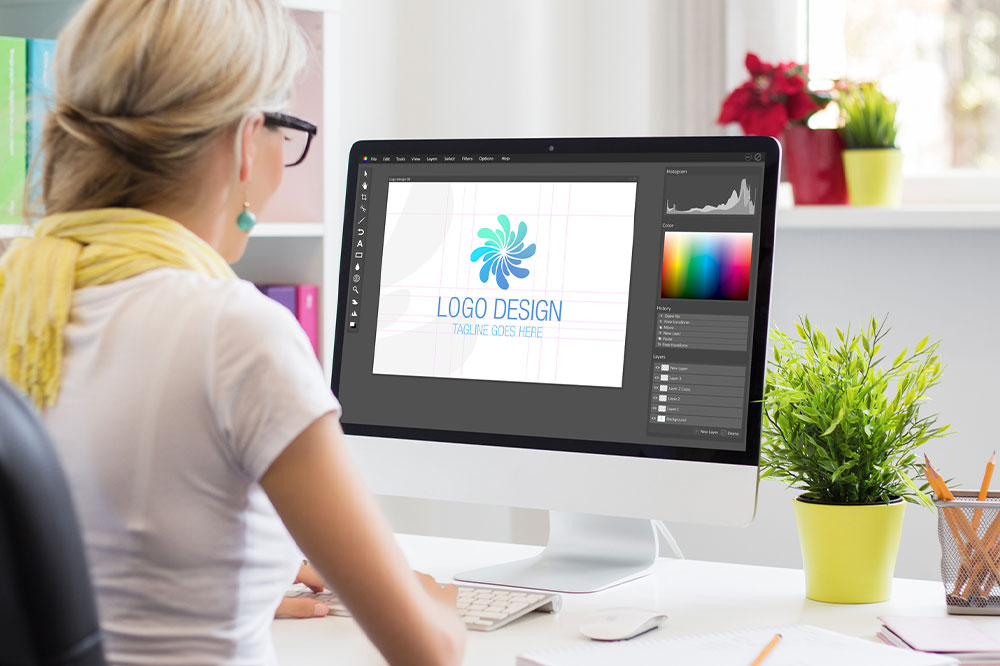7 ways to design a company logo
A logo helps identify a company, its products, services, and vision. It also defines how customers and clients approach the business. Moreover, to improve brand recall, one must create a company logo that is easy to remember. While creating a logo might seem like an easy task, designing it can be challenging. One proven solution that helps overcome this challenge is to establish a compelling story that adds depth to the meaning of the logo.
Establish the story behind the logo
The first step to creating a good logo is to establish the story and highlight the purpose of the company.

Explore designs and brainstorm for inspiration
Once you have established a story that influences the idea for a logo, you should explore existing designs in the market. You should also check the design elements used in the recognition symbols of other companies, such as the color scheme, typography, and style, among others.
Create a mood board
Creating a mood board is a simple way to come up with a company logo. You can easily make it out of cardboard and then pin the printed images or sketches on it. These pictures should reflect the purpose of the company and their product offerings. Alternatively, you can create a digital mood board and collect images that inspire you, including other brand logos, graphics, and color schemes. There are thousands of designs available online, so there’s no dearth of inspiration.
Pick the design elements
Once you research the competition and create a mood board, the next step to design a company logo is picking the design elements. These include the shape, graphics, typography, and colors, which are ultimately used to create the logo. Start piecing together one element at a time to ensure the development process is seamless.
Select an appropriate esthetic
Selecting suitable esthetics for your logo is important before you publish the final design. Classic, retro, modern, and handcrafted esthetic styles are some popular options to choose from. If you are unable to settle on a single style, we recommend mixing and creating style combinations to come up with a suitable result.
Consider design scalability
Once the design is ready, you must account for its scalability. The logo needs to go up on the website and mobile app and it may also be published on multiple platforms such as newspapers, social media handles, billboards, and promotional products such as small as a keychain. Therefore, each design element must be recognizable, irrespective of what size it is scaled to. You can always try publishing on the logo test websites and other dummy platforms to ensure there are no flaws. Once you are sure the logo is complete, you may publish and reveal it to your customers.
Hire a professional designer
It is possible that after all the effort put in, the final result is not what you expected. In this case, you should stop wondering how to design a company logo and hire a professional designer for an appropriate fee. Designers take into account the company’s background and other aspects to understand their client’s requirements. Thereafter, they create multiple logo designs for you to choose from.


